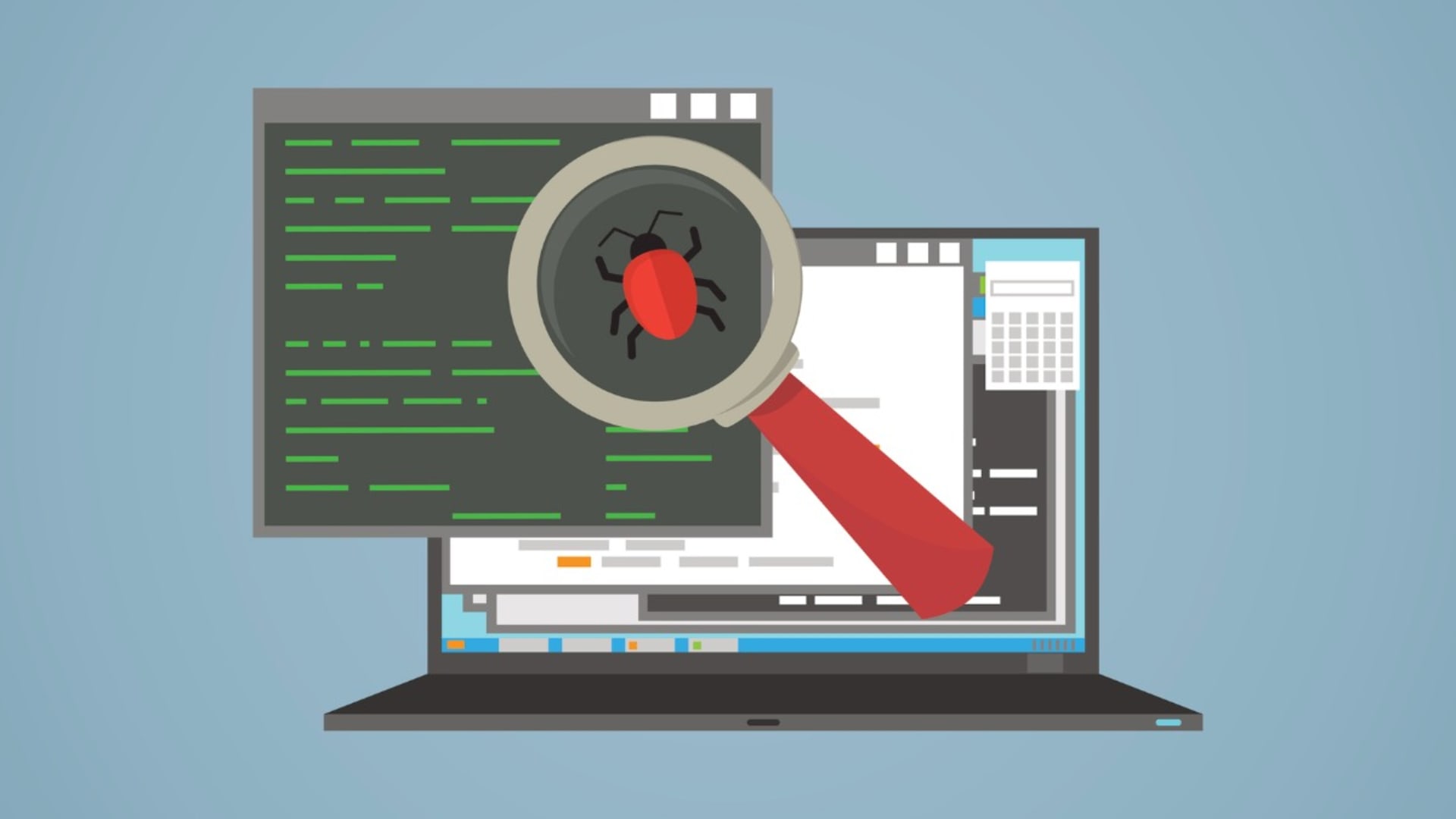The COVID-19 pandemic marks a before and after in the healthcare industry. On one hand, we have a lot to celebrate, like how fast a vaccine can be researched, developed, and distributed worldwide. On the other hand, there are also some very harsh lessons to be learned, like just how underprepared we are to deal with a crisis of this scale.
That realization isn’t new. For years healthcare experts have raised the alarms on how the population is outpacing the growth of the healthcare industry. In terms of human talent, the number of resources and time needed to train new physicians and caretakers has remained relatively constant when compared to population trends.
On top of that, healthcare is adapting to the demands of an aging population. With the increase of life expectancy comes a new need for more medicine, more health centers, and more caretakers.
Since we can’t expedite the preparation of healthcare professionals, it follows that we must look elsewhere to meet the growing demand. Considering the massive growth of the fields of robotics and AI, it stands to reason that technology will prove fundamental in preparing us for the future.
How is technology reshaping the healthcare industry?
Every area of the healthcare industry, from research to management, from diagnosis to treatments, stands to gain a lot from implementing tech solutions.
Take AIs, for example. Algorithms can mine medical records from across the world for all manners of research. Pages like Uniprot can be scrapped for data to help healthcare researchers find patterns that can otherwise be lost in small data samples.
But that’s not all. Atomwise is a tool that uses AI to go through medical records to find new treatments to fight diseases. In 2015 the company started a search to find potential treatments against the Ebola virus. After diligently researching massive datasets, the AI found 2 different medications that may reduce Ebola infections.
Google’s DeepMind was trained with 2 mammogram datasets and was able to predict breast cancer more accurately than healthcare professionals. The team thinks that the tool can be further improved and used by doctors all across the world to make better diagnoses.
For years algorithms have been able to accurately predict depression in patients by looking at their social media data, even before they manifest symptoms or seek help.
The examples just keep piling up, and in more areas than just AI. Remote medicine grew exponentially during the worst months of the COVID pandemic. mHealth is on the rise with dozens of apps widely available worldwide.
In its Workshop on Robotics and Healthcare, the EU parliament mentions the following applications as the most promising areas:
- Robotic surgery: Either using trained AIs and robots to perform unsupervised surgeries or using robots to assist with surgery and facilitate remote surgeries.
- Care and socially assistive robots: Automated caretakers that can provide basic services as well as early diagnosis and prevention.
- Rehabilitation systems supporting the recovery of patients: AI-assisted technology to design therapeutic protocols and to assist patients with rehabilitation.
- Training for health and care workers: Remote and VR assisted workshops and AI-assisted teaching.
While promising, there are still many hurdles to overcome before the tech and healthcare industries can develop a symbiotic working relationship.
Breaking down the barrier
Noury and collaborators did extensive research exploring the biggest issues the healthcare industry has faced with assisted robotics. They categorized the results into 5 broad areas.
Market failure relates to the problems robotics and AI companies face when they explore the healthcare market. Overall, the biggest issue is the barrier that separates both fields. Lack of contacts and poor understanding of the healthcare infrastructure is quoted as some of the reasons why tech companies fail to reach their audience.
Adding to the barrier, a lack of information about the products and a trend of salespeople to overpromise results has led to mistrust towards entrepreneurs and their offerings. New bridges between both fields need to be built to foster a healthier relationship between both areas.
High costs
Another notable hurdle is the cost of developing and implementing new technology. While technology advancements might be necessary for long-term goals, many investors still feel like the costs are too high in face of the potential return.
Decision-makers have to ponder between investing in new technology or allocating resources to first-need items. It’s hard to justify an expensive piece of technology that has yet to show its utility when the alternative is buying medicine, instruments, and other resources.
There is also the fact that most healthcare systems are strained as they are. The irony is that the clinics and hospitals that stand to gain more from automation are also the ones that have fewer resources to invest in it.
Lack of institutional backing
In contrast with other industries, healthcare has to navigate the thorny labyrinth of regulations and bureaucracy. New technologies require thorough testing and approval, and new procedures have to be tested in several stages before they can be adopted by the end-users.
Many technology experts share the opinion that there isn’t enough support from institutions for the development of these areas. The legal framework is barebones or nonexistent, government and stakeholders take a hands-off approach, and certification processes tend to be opaque in the best of cases.
When mistakes cost lives, it’s natural that we create a strong legal framework and an ethical research approach, but these procedures should be guidelines, not obstacles. Perhaps the biggest hurdle is getting decision-makers more involved in the adoption of new technologies.
Technical limitations
Practitioners need the training to make the most out of new technology. That takes a considerable amount of time and resources that have to be taken into account. Many practitioners are unaware of the benefits of automation, and some may even bounce hard at the idea for fear that it might not be reliable.
Another aspect is that many facilities lack the technological infrastructure to accommodate new technology. Something as simple as a stable internet connection can be the tipping point that limits the possibility of remote surgeries or cloud-based services.
The ethical question
Last but not least, there is the ethical aspect of implementing new technologies. For example, the legal implications of making decisions based on algorithms. If the algorithm makes the wrong prediction, can we consider that malpractice?.
That may seem like a simple question, but in fact, the issue has been at the forefront of the discussion about robotics and AI in healthcare for quite some time. We can’t move forward in good faith without understanding the ethical implications of our choices.
The world is evolving, and technology will transform the healthcare industry sooner rather than later. The question we have to answer is, what are the structural changes that we have to undertake to make this vision a reality?
If you enjoyed this, be sure to check out our other AI articles.
- Personalized Learning: How AI Is Shaping the Future of Education
- Maximizing the Business Value of Artificial Intelligence
- In the Age of AI, Can a Terminator Scenario Actually Happen?
- 5 Ways To Use AI To Improve Your Digital Transformation
- As AI Evolves, so Do the Roles in Upper Management for Tech Teams









